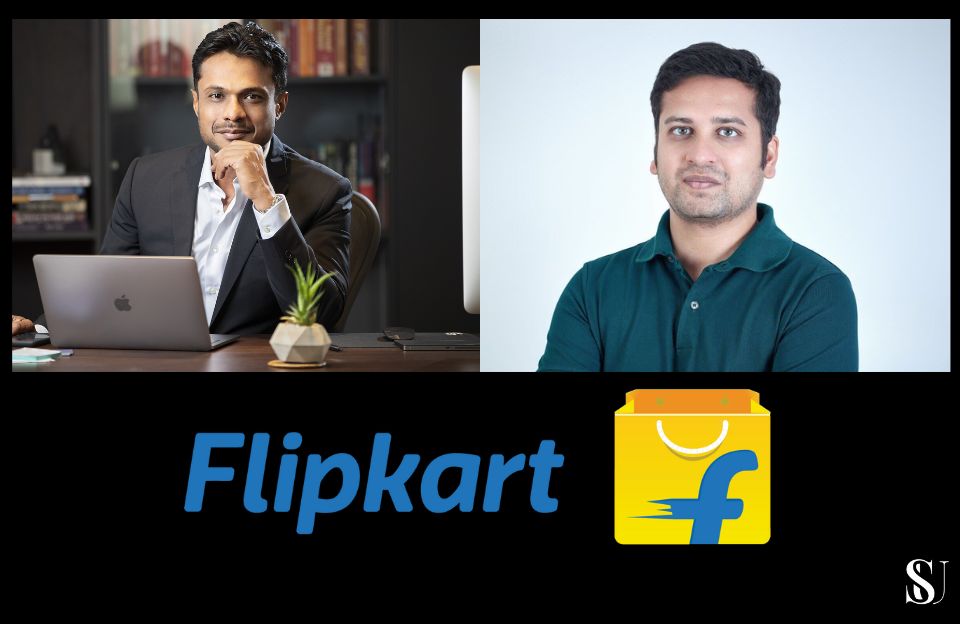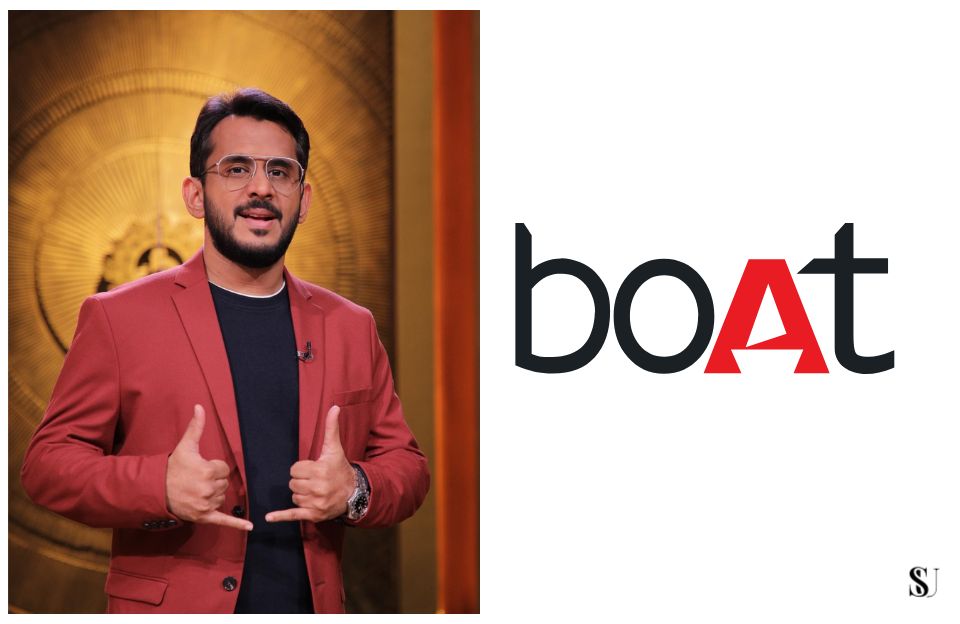In a landscape once dominated by brick-and-mortar stores, Flipkart emerged in 2007 as a hopeful underdog. Founded by Sachin and Binny Bansal—both former Amazon India employees—the company began by selling books online. With limited resources and a modest team, Flipkart faced logistical challenges, trust issues, and intense competition. Yet, through unwavering determination, creative logistics solutions, and customer-centric innovation, Flipkart expanded its offerings into electronics, fashion, groceries, and more. Today, the platform serves hundreds of millions of customers across India. This is the story of how Flipkart turned early struggles into a national e-commerce revolution driven by grit, vision, and relentless refinement.
Humble Beginnings: Books, Bangalore, and Bootstrapping
Flipkart’s journey began in a Bangalore apartment where founders Sachin and Binny Bansal packed and shipped online book orders themselves. Concerned about payment reliability, they introduced Cash on Delivery—a disruptive idea at a time when Indian consumers were wary of online payment. They also devised a hub-and-spoke logistics model to reach small towns and tier-2 cities.
By selling high-demand books at discounted prices, Flipkart built momentum. Their deep focus on user experience—free shipping, easy return policies, and early customer support—helped earn trust. Though competition was growing from global giants like Amazon and eBay, Flipkart’s local intuition gave it an edge.
Pivoting and Scaling Up
As the platform gained traction, Flipkart expanded beyond books, entering electronics, mobile phones, and fashion. Each category required a distinct supply chain, return mechanism, and inventory model. They introduced initiatives like “Big Billion Days,” an annual sale with aggressive discounts that became a cultural phenomenon.
To meet rising customer expectations, Flipkart built a network of warehouses and delivery centers. They launched automation technologies and data-driven inventory planning. The integration of smartphone marketplaces and third-party seller systems helped the platform scale without holding all inventory. This model allowed Flipkart to grow fast, innovate quickly, and make products available in smaller towns.
Fundraising, Investments, and Strategic Moves
Scaling an e-commerce company in India required massive capital, and Flipkart managed to attract it. Initial funding came from angel investors and venture capital. Over time, global investors like Tiger Global, SoftBank, and Walmart participated. In 2018, Walmart acquired a majority stake for almost $16 billion—one of the largest deals in Indian e-commerce history.
Each round of funding helped Flipkart innovate—experimenting with same-day delivery, grocery services, private labels, and quick commerce platforms. The Walmart deal strengthened backend systems and allowed Flipkart to invest in core businesses while remaining competitive with Amazon.
Innovation and Experimentation
Flipkart didn’t just follow trends; it built them. They introduced “Flipkart Seller Hub,” supported local vendors, and provided easy-to-use seller tools. Flipkart launched private labels offering affordable clothing and home goods. Through investments in fintech, they released “Flipkart Pay Later” and consumer credit services. Their experiments into grocery (Flipkart Supermart) and quick commerce (SmartBuy) positioned them as an ecosystem builder.
With smart pricing, personalized recommendations, and WhatsApp reminders, Flipkart learned that customer trust was built not just across purchases, but from experiences across time. This ability to innovate—and pivot based on customer feedback—set Flipkart apart.
Human Moments in a Tech Journey
Despite its size, Flipkart has never been a faceless tech company. From delivery staff who ride through monsoons to warehouse teams optimizing inventory, every individual has a story. Stories of employees who started on the frontlines and worked their way to leadership roles are frequent.
When Flipkart survived demonetization and the 2020 pandemic, they launched grocery delivery, masks, and sanitizers—often ahead of competitors—showing purpose and resilience. Their customer communication during festivals or natural crises has been empathetic. These human touches reflect a mindset built by the Bansals, who often reminded employees that Flipkart began with a focus on one book and one user at a time.
Challenges and Competition
The ride hasn’t been easy. Flipkart has faced regulatory scrutiny, challenges due to infrastructure gaps, and fierce competition from Amazon and JioMart. Keeping discounts sustainable, balancing seller interests, and maintaining customer trust in logistics remain constant tasks.
Consumer weight on fast delivery and instant gratification has scaled expectations. Flipkart has to continuously innovate its fulfillment and tech stack. And, as digital fraud and return fraud emerge, securing customer trust remains a core challenge.
Looking Ahead: What’s Next?
Under Walmart’s guidance, Flipkart aims to deepen grocery penetration, grow fintech services, and build its SaaS ecosystem with enterprise tools for sellers. Their push into vernacular language features, tier-2 city support, and sustainability initiatives—like eco-friendly packaging—points to long-term localization and responsibility.
Yet at its core, Flipkart remains a consumer-centric platform focused on enabling access, convenience, and innovation. Their strategy involves data-driven personalization, logistics control, and service upgrades to make online shopping accessible and enjoyable for every household.
Conclusion
Flipkart’s rise from a two-founder start in a small flat to an e-commerce behemoth is a remarkable tale of vision, resilience, and strategic adaptability. By understanding local users, embracing challenges, and innovating at every step, Flipkart reversed assumptions about Indian retail. Today, it continues to shape consumer expectations and drive next-gen services. And at its heart are lessons in customer focus, entrepreneurial grit, and thoughtful risk-taking. As Flipkart charts future routes—from grocery to fintech—it carries the soul of a startup that still believes in the power of one book, one order, and one satisfied customer. In transforming India’s e-commerce, Flipkart has changed how India shops—and how startups dream.



